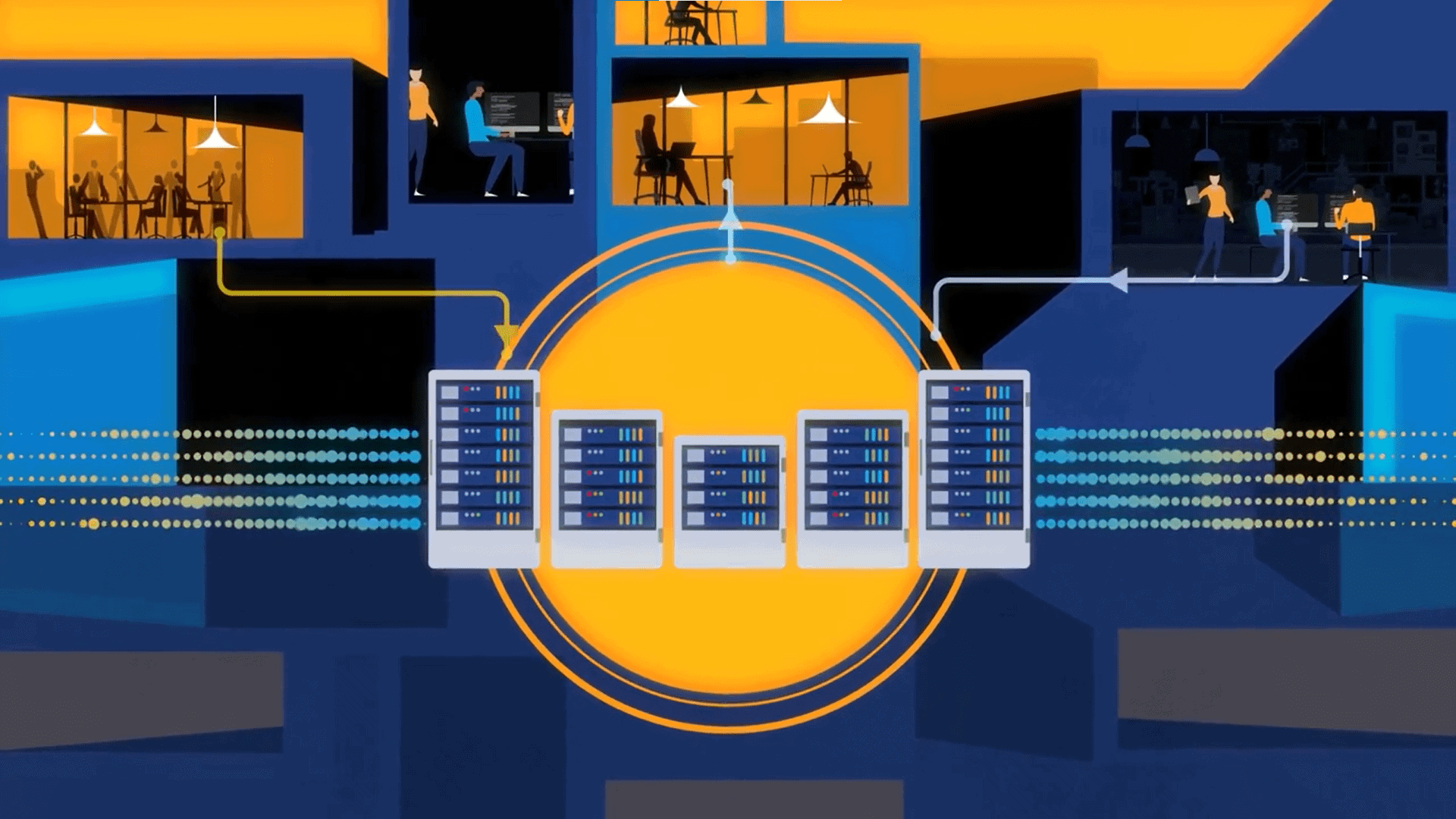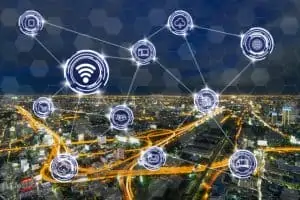
For adaptive edge intelligence, 6G is not just an infrastructure upgrade, it provides an opportunity to reinvent how systems learn, decide, and collaborate.
Talk of the edge often conjures images of ruggedized servers in factories or small compute clusters at cell towers. However, that picture is about to undergo a radical change. The next generation of wireless networks, 6G, promises to transform what is meant by adaptive edge intelligence.
6G Provides a Faster, Smarter Fabric
The primary benefits of 5G over 4G and LTE cellular technologies include low latency and high bandwidth. 6G retains those benefits but also addresses density and awareness. With theoretical data rates of up to 1 terabit per second and latency below a millisecond, 6G networks won’t just connect devices; they’ll also sense their environment.
This convergence of communication and sensing will significantly expand the edge. Instead of a few defined nodes, the “edge” will become a continuum of micro-edges consisting of tiny computational touchpoints embedded everywhere, including streetlights, vehicles, appliances, and even clothing.
That density opens the door to a new level of adaptive intelligence. Devices will form fluid, local networks that collaborate in real time, sharing context and distributing tasks. Think of it as edge swarm intelligence.
Consider an autonomous vehicle network. Today, most cars rely heavily on onboard AI and occasional cloud updates. With 6G, cars could share perception data and intent with nearby vehicles in microseconds. Instead of reacting in isolation, they’d coordinate like a flock of birds, collectively navigating obstacles or optimizing traffic flow.
In manufacturing, thousands of sensors could synchronize seamlessly across a 6G-enabled factory floor. Machines would anticipate material flow changes or operator actions and adjust in real time. In healthcare, wearable devices could continuously monitor patients and alert clinicians to subtle trends. Such actions would occur not by sending raw data to the cloud, but by collaborating locally through edge AI.
See also: Why Intelligence at the Edge is No Longer Optional
Challenges Beneath the Promise
Of course, this hyperconnected future raises new questions. Managing millions of autonomous edge nodes requires new orchestration models. Security will be paramount. How do you trust an edge node’s data when devices are mobile and ephemeral? And what happens when power or connectivity fluctuates?
Energy efficiency is another concern. The very density that makes 6G powerful could also make it energy-hungry if not carefully designed. Intelligent power management will be critical.
Finally, governance becomes complex. In a distributed ecosystem, who controls the decision frameworks? Enterprises will need standards for ethical AI behavior, model validation, and compliance, all of which must be extended to the edge.
Preparing for the 6G-Edge Era
The smartest approach is to view 6G not just as faster plumbing, but as a catalyst for distributed intelligence. The edge won’t simply be a place; it’ll be a living, learning fabric spanning every connected element in the environment.
In short, 6G will make adaptive edge intelligence truly ubiquitous. The winners will be those who treat this not as an infrastructure upgrade, but as an opportunity to reinvent how systems learn, decide, and collaborate.






























